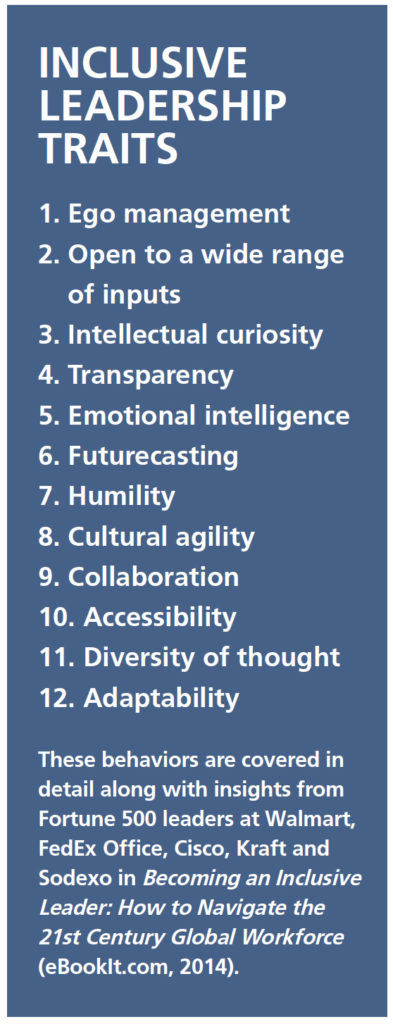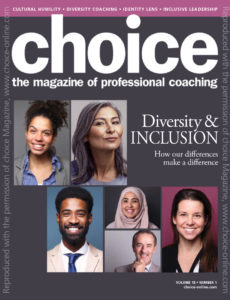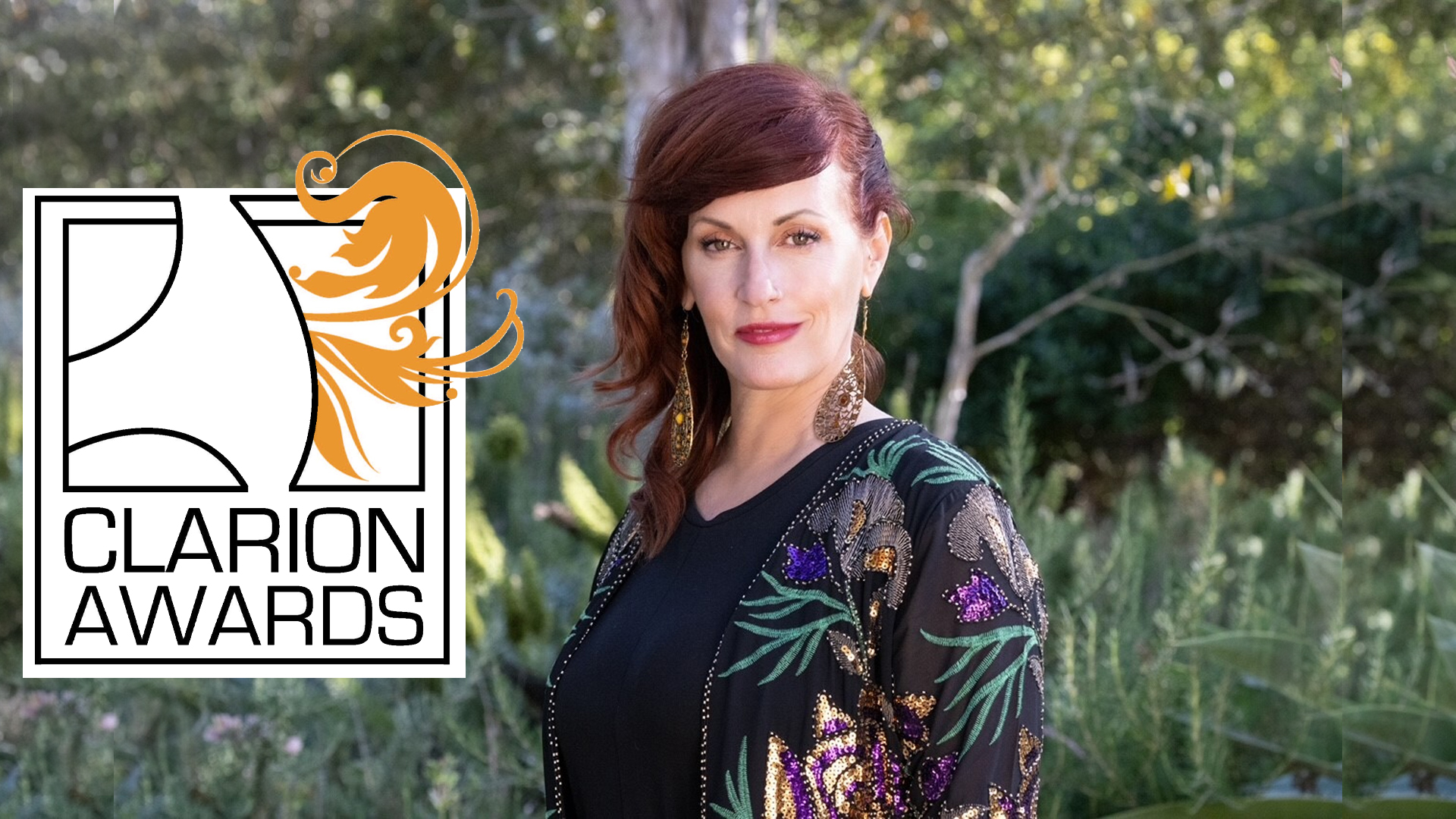How to shift your intention and attention
By Shirley Engelmeier & Terry Hildebrandt, PhD, MCC, MCEC
In a business environment that is increasingly competitive – both in terms of attracting customers and employees – companies are continually looking for a silver bullet to help them consistently attract and retain top talent and lifelong customers.
And yet even top companies continue to struggle, some to fall out of sight entirely. Why? While there’s no silver bullet, based on our 18 years of experience working with Fortune 500 companies of all types, we believe that there is one common trait found among those that are successful and frequently lacking among those that are not: inclusive leadership.
WHAT IS INCLUSIVE LEADERSHIP?

While inclusion is a buzzword that has become very prevalent in the 21st century, we started using it decades ago. We founded InclusionINC in 2001 based on one very simple, and singular, premise: inclusion is a business imperative.
In organizations of any size, type or industry, inclusion is an imperative for driving productivity, engagement, retention, and innovation – the kind of innovation that is required for today’s businesses to remain viable and valued in a global market environment.
Measuring a culture of inclusion is very similar to measuring great leadership. It is critically important and can be seen in how someone interacts with others – their behaviors, skills, and competencies.
From the beginning of our inclusion work we have asked, “What does it look like to create a culture of inclusion? What do I do? What are inclusion behaviors?” We asked those questions in our inclusion and diversity current state analyses (customized web-based surveys, focus groups, and interviews that we conduct with employees in client locations). We explored answers to questions like: When do you feel most included? When do you feel most excluded?
Interestingly enough, the same behaviors kept showing up over and over. We were able to validate inclusion behaviors throughout the U.S. with over 300,000 cross-industry employees at all levels within their organizations.
SEEKING GLOBAL VALIDATION
Despite the richness of the data we had collected across the U.S., we realized that we needed global validation. To get there we partnered with the Cox Executive Education Department and Dr. Miguel Quiñones in 2013 to create the Global Inclusion Index (G2I)™ to measure 12 inclusion behaviors in a global environment.
 Those behaviors were then crossreferenced with return on investment (ROI) questions (self-reported retention, engagement, productivity, and innovation questions). We can then apply the G2I to establish a baseline of metrics on inclusion, by site or by business unit/region, when conducted on an enterprise basis. Disparities between behavior importance and frequency, and also across specific groups, can be identified as issue indicators.
Those behaviors were then crossreferenced with return on investment (ROI) questions (self-reported retention, engagement, productivity, and innovation questions). We can then apply the G2I to establish a baseline of metrics on inclusion, by site or by business unit/region, when conducted on an enterprise basis. Disparities between behavior importance and frequency, and also across specific groups, can be identified as issue indicators.
Here’s what we found. When employees worked in an inclusive setting they were:
▲ 25% more motivated in their work
▲ 15% less likely to indicate a desire to leave their job within the next year
▲ 12% more likely to share ideas and think of ways to improve their workplaces
▲ 5% more likely to report being productive
Clearly these are the kind of outputs that today’s employers are looking for. But, how can they get there?
UNCONSCIOUS BIAS
It’s important to pause here and consider a fundamental impact and barrier to inclusive leadership – unconscious bias. Unconscious bias reflects the inaccurate beliefs that we all have about others. We all have them!
It is part of the human condition to have biases and to allow for those biases to shape our behavior every day. A bias represents a cognitive shortcut. It is the autopilot in our cognitive operating system. If we did not have biases, it would be difficult to function because some of the biases we have simply reflect learned assumptions made over time that are useful for everyday life. For instance: red means danger and green means go.
Many social biases limit our effectiveness as leaders, and it is specifically our unconscious biases about those who are different from us that undermine our leadership potential.
Many social biases, though, limit our effectiveness as leaders, and it is specifically our unconscious biases about those who are different from us that undermine our leadership potential.
One of the social biases most relevant for leaders is called in-group bias – the tendency for people to give preferential treatment to others they perceive to be members of their own group. Another important bias is called the self-fulfilling prophecy—a positive or negative expectation about situations or people that affects a person’s behavior, causing those expectations to be fulfilled.
At our company we think the best way to do bias work is to pair it with inclusive leader competencies. Let’s acknowledge we have the bias, identify the areas we need to work on, and find a way to change our behaviors and build our skills. Then we can have open discussions about how unconscious bias impacts our decision-making process, particularly in talent development.
COACHING FOR INCLUSIVE LEADERSHIP
You have likely heard the old saying: “Leaders aren’t born, they’re made.” That sentiment is doubly true of inclusive leaders. Fortunately, leaders can be coached to both identify areas where they are lacking in inclusive leadership skills or failing to exhibit inclusive behaviors and to develop the skills needed to support and nurture an inclusive environment.
As we work with organizations to help them develop the inclusive leadership skills of their staff, there are a number of different strategies and techniques we might use depending on their unique situation, their current state, and their desired outcomes.
Initially our executive coaches work closely with senior executives to help them clearly understand the importance, value, benefit and ROI of inclusion to their organizations. Then coaching is provided, either individually or in teams, to help them understand how their role as leaders is key to driving an environment of inclusion that will yield quantifiable bottom line results.
Each executive is paired with one of our executive coaches to complete a three-tiered development plan which includes individual discovery (individual assignments to increase self-awareness and knowledge), individual development (work with executive coach to create personal inclusion plan) and group exploration (learning dialogues with executive coach and peers).
All activities in the development plan are focused on building the core competencies of inclusive leadership and reducing the impact of unconscious bias. It is not uncommon when executives start this coaching for them to say: “We already know this stuff.” Being inclusive seems so basic. It’s not! Once they’ve finished their coaching their response is generally: “Wow! I had no idea how complex this was.”
It is. Inclusive leadership requires not only self-awareness, but ‘other’ awareness. It requires the ability to be introspective as well as the ability to reach out to and learn from others. It requires the ability to identify and root out unconscious biases. And, it requires a commitment to seeking out and really listening to input from others – all others, whether they’re senior leaders or entry-level employees, white males or people of color, baby boomers or members of Gen Z. Everyone.
IN CONCLUSION
Inclusive leadership is nothing new. We’ve been coaching for it for decades now. Today, though, we believe there has never been a greater need for organizations to focus on developing leaders to be inclusive. Their bottom lines depend on it!
There are 12 specific competencies that have been empirically determined to impact inclusive leadership (see sidebar). These competencies are consistent across the wide range of industries and geographies where business leaders work.
While business leaders almost without exception will affirm their agreement that inclusion is important, they also, almost without exception, will think that developing and nurturing inclusive leadership skills is something they can do on their own. It’s not.
Inclusion is complex in its seeming simplicity. Why? Because both leaders and those they lead are nuanced. Their thoughts and beliefs are shaped over time based on their individual and unique experiences. They’re often unaware of how these thoughts and feelings have developed as well as how their thoughts and feelings can lead to unconscious bias and lack of inclusivity. Through assessment and coaching they can learn to identify and remove barriers that diminish the potential impact of an inclusive culture.
For more information contact:
Shirley Engelmeier at shirley@inclusion-inc.com
Terry H. Hildebrandt, PhD, MCC, MCC at terry@terryhildebrandt.com
Join Over 7,500 Fielding Alumni Located Around The World!
Change the world. Start with yours.™






Get Social